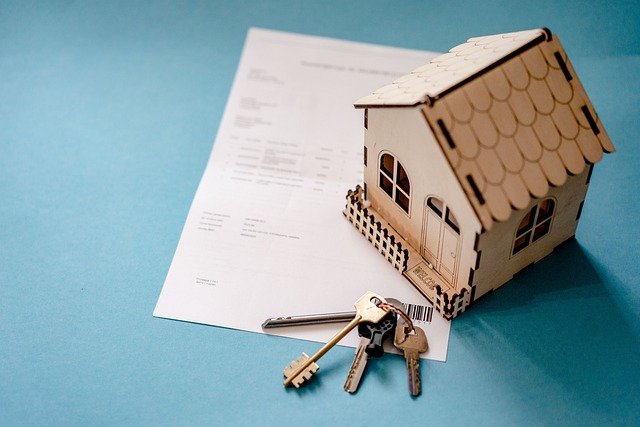Profiting from the Under-Explored: Commercial Real Estate in Secondary Cities
In the world of real estate, the focus is often on primary cities. Yet, secondary cities present a unique and often underappreciated opportunity for investors. This article explores the potential of commercial real estate in these less obvious markets.

Unveiling Secondary Cities: The Overlooked Gems
Secondary cities, often overshadowed by their larger counterparts, have a distinct set of advantages. These cities, which include destinations like Birmingham, UK or Pittsburgh, USA, have smaller populations but often boast thriving local economies. They may not have the glitz and glamour of London or New York but they have a charm of their own, along with lower real estate prices, lesser competition, and potential for growth.
The Appeal of Commercial Ventures in Secondary Cities
The commercial real estate market in these cities is often less saturated, providing more opportunities for investors. Additionally, they may offer better yields compared to primary cities, where competition has driven prices sky-high. Furthermore, many of these cities are home to budding industries, innovative startups, and growing populations, creating demand for commercial spaces.
The Opportunities: Various Sectors and Their Prospects
Different sectors within commercial real estate present diverse opportunities in secondary cities. Office spaces, for instance, can benefit from the rise of remote work, as companies look for affordable alternatives to expensive city-center headquarters. Retail spaces, on the other hand, can cater to the growing consumer base in these cities. Industrial properties, such as warehouses and logistics centers, can serve the burgeoning e-commerce sector.
The Challenges: What Investors Need to Consider
While there are several advantages to investing in commercial properties in secondary cities, there are challenges too. Investors may face difficulties in sourcing deals due to the lack of well-established networks. Market volatility can be higher, and exit strategies could be less assured. Investors need to conduct thorough research and due diligence before entering these markets.
The Impact: Potential Gains for Investors and Communities
Investing in commercial real estate in secondary cities can have a positive impact on both investors and the local communities. Investors can reap substantial profits from the growing markets, while the local communities can benefit from the economic growth and job opportunities that come with new commercial ventures.
Investing in commercial real estate in secondary cities offers a unique opportunity for those willing to think beyond the traditional. While it comes with its set of challenges, the potential rewards can be substantial, making it an investment strategy worth considering.





